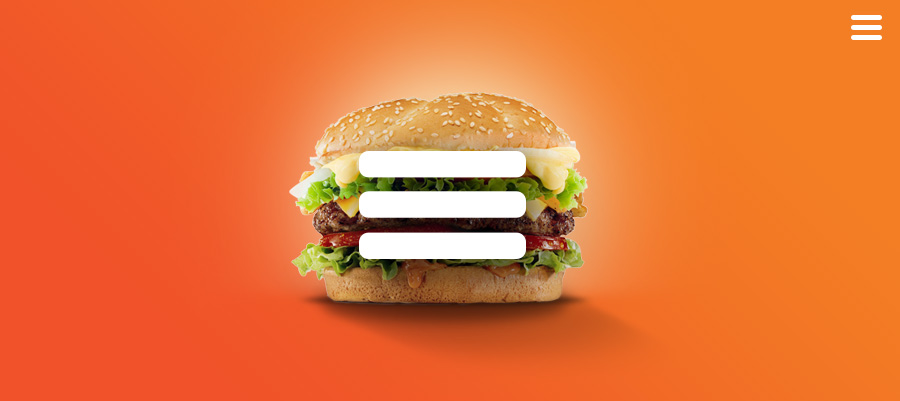Web Speak 101: What Do All Those Acronyms Mean?

Understanding web design can be tricky sometimes, there is an alphabet soup of terms to know. We dive into some of the most common terms you may have heard, but never known quite with they mean.
Analytics
Analytics allow web site owners to measure important aspects of web traffic. This can allow you to know how many people are visiting a site, when, where they are coming from, how they are finding you, how long they are spending on each page, where within a site they are going, and other key visitor information.
Browser
A browser is the software you use to view websites. Popular examples of these are Chrome, Firefox and Safari.
Content
Content is all of the images, text/copy, photos and graphics on a page. The home page of a website will usually provide the user an overview of the entire site. Discreet themes or topics of content are usually organized into pages. The way content is organized into logical layouts and groupings is called Site Architecture.
Content Management Systems (CMS)
This allows you to edit the content of your website easily, without the need for technical knowledge or being able to code. There is no need for an external program to manage content, as everything is done in the browser. Publishing pages can done quickly.
Domain Name
A domain name identifies a server on the internet. http://turbo-creative.com is an example.
Drop-Down Menu
A part of a navigation menu that allows submenu to display after a menu item is clicked. This keeps the submenu out of the way while allowing a user to find what they need quickly.
eCommerce Website
Also sometimes written as E-Commerce. eCommerce is simply a website to sell goods or services online. Selling merchandise online involves an eCommerce platform with shopping cart functionality, that allows users to checkout and pay online. For more information about eCommerce sites, click here.
Favicon
A favicon is the tiny icon that appears in the browser window next to the URL, or web address, in the address bar.
Hamburger Menu
A fun term for a menu that appears on many mobile sites. This type of menu keeps the main navigation out of the way on smaller screens. After clicking the ‘hamburger’ icon, the menu pops into view. The three horizontal lines vaguely resemble a hamburger.

IMAGE CREDIT: VTLDESIGN.COM
Hosting
Web Hosting Service allows companies to display their sites on the internet by leasing space on a server. If a domain can be likened to an street address, think of hosting as leasing digital real estate. This is where the files that make up a website live and are from where they are served to visitors.
HTML
HTML stands for HyperText Markup Language. HTML is a programming language web designers use to format web pages.
Responsive Design
Sometimes called Mobile-Friendly Design. This refers to the way a website has been designed to adjust to the size of the screen that is viewing it.
Search Engine Optimization (SEO)
SEO is methods and practices used to help a web page rank higher on search engines. There are a variety of methods web designers use to accomplish a higher ranking. For more information about SEO, click here.
Sitemap
A sitemap is a basic representation of the pages that will make up a site. The site architecture is sometimes represented in a hierarchical fashion, based on a site’s navigation (primary menu items).
URL
Short for Uniform Resource Locator, this is simply a web address. An example is http://turbo-creative.com/news/.
Wireframe
A visual outline of the content of a web page. This is a very-basic mockup of the layout without stylistic elements being shown.
WordPress
A very popular Content Management System that allows users to have flexibility in adding content.
INTERESTED IN WHAT WE COULD DO FOR YOU?
Let's talk. We would love to learn more about you, and how we can help you with our array of services.

